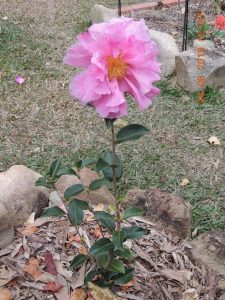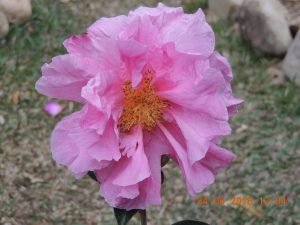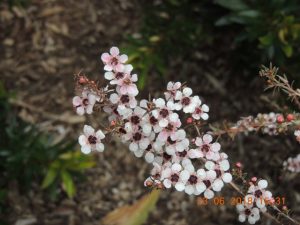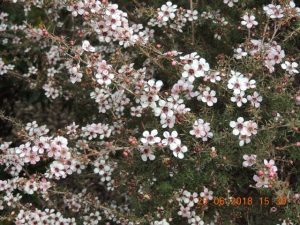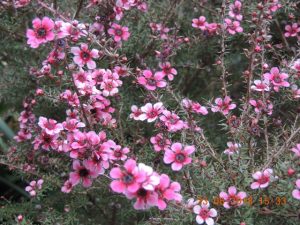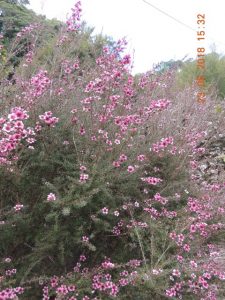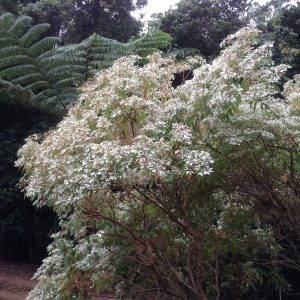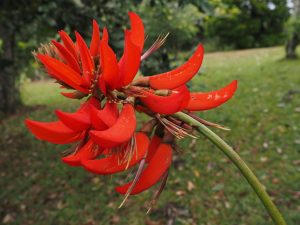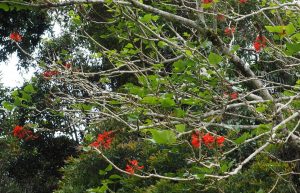Common Tree Snake (Dendrelaphis punctulata)
After having been absent from Paluma for a short while, I returned home to find a very scaly squatter had taken up residence on my back verandah. A common tree snake was resting comfortably, having wrapped itself around the wooden beam of the verandah above my back door!
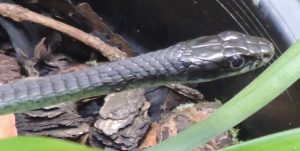
This new resident was not particularly impressed with me and was perturbed by the movement and vibration associated with my homecoming. It soon moved off into the pot plants and then back to the rainforest, being harangued by several honeyeaters during its return to the forest.
Common tree snakes are regular visitors to Paluma gardens and homes. This specimen was grey-blue in colour and was probably a young snake, being about 70cm in length. Adult snakes can grow up to 1.8m in length. Common tree snakes are very agile climbers and are usually active during the day. They range in colour from black, grey, green and blue, usually with yellow or paler-coloured bellies. They have excellent vision, which is not surprising considering the large shiny black eyes on this individual. Common tree snakes are non-venomous and they feed mainly on frogs and small lizards. This might explain why the green frog that usually lives on my verandah has disappeared!
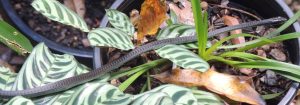
Text & Photos by Michele Bird

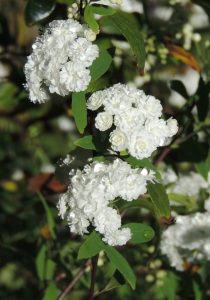

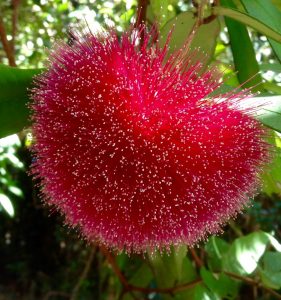

 This superb specimen of Cattleya orchid belongs to Paluma residents Michael and Donna Drew. The beautiful mauve, deep purple and yellow blooms are long lasting and Michael says that these flowers first opened in early July.
This superb specimen of Cattleya orchid belongs to Paluma residents Michael and Donna Drew. The beautiful mauve, deep purple and yellow blooms are long lasting and Michael says that these flowers first opened in early July.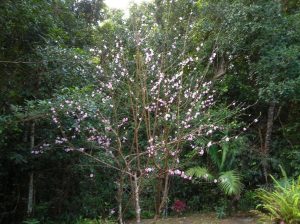 Several gardens in Paluma have peach trees which are at present coming into bloom. Buds are swelling along the slender branchlets, with many flowers already open. Another week, (it is 12 July at the time of writing), should see the trees densely covered in delicate pink blossoms. Unless heavy rain washes the blossom off, the tree will display its beauty for up to three weeks. Tiny fruit will begin forming which will swell and ripen in the summer months but Bush Rats and White-tailed Rats will have eaten most of them well before then.
Several gardens in Paluma have peach trees which are at present coming into bloom. Buds are swelling along the slender branchlets, with many flowers already open. Another week, (it is 12 July at the time of writing), should see the trees densely covered in delicate pink blossoms. Unless heavy rain washes the blossom off, the tree will display its beauty for up to three weeks. Tiny fruit will begin forming which will swell and ripen in the summer months but Bush Rats and White-tailed Rats will have eaten most of them well before then.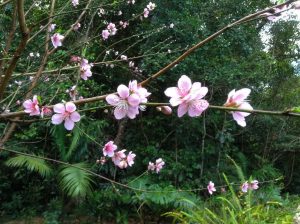 The peach is a deciduous tree and looks bare and straggly for a few months during the year, until mid- winter, but is worth growing for its sheer beauty during the flowering period.
The peach is a deciduous tree and looks bare and straggly for a few months during the year, until mid- winter, but is worth growing for its sheer beauty during the flowering period.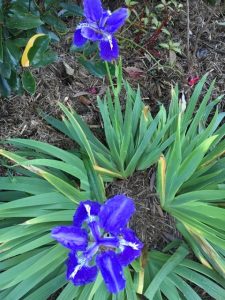
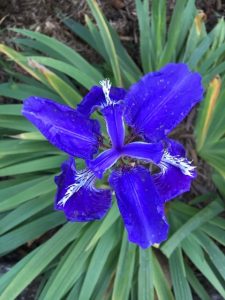 The leaves are light-green in colour and sword-shaped. The flowers attract bees and other insects which are important for pollination. Iris plants flower between June and August and after flowering they produce an ellipsoid seed capsule with black-brown seeds.
The leaves are light-green in colour and sword-shaped. The flowers attract bees and other insects which are important for pollination. Iris plants flower between June and August and after flowering they produce an ellipsoid seed capsule with black-brown seeds.